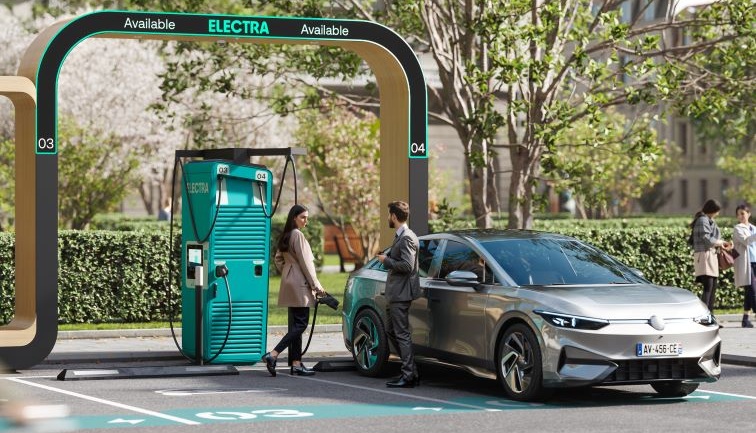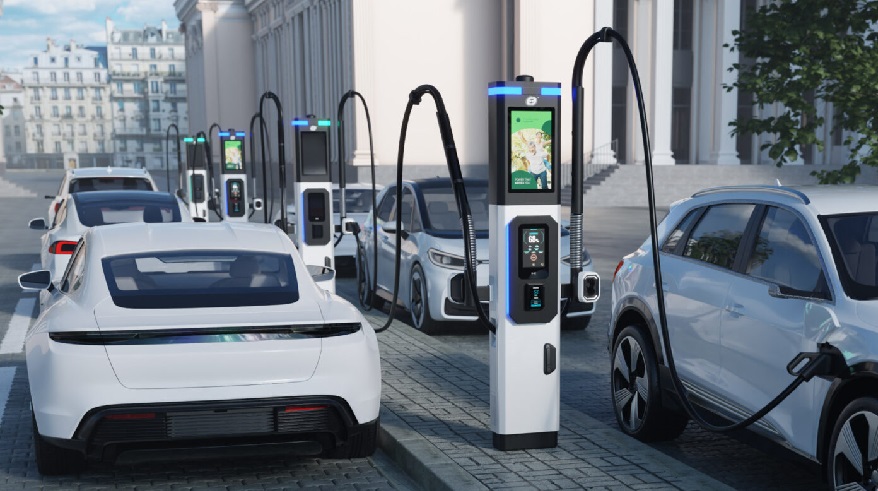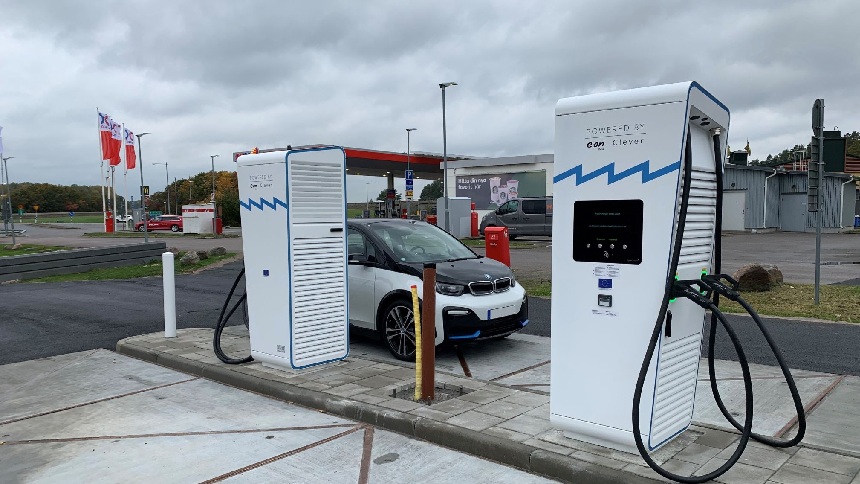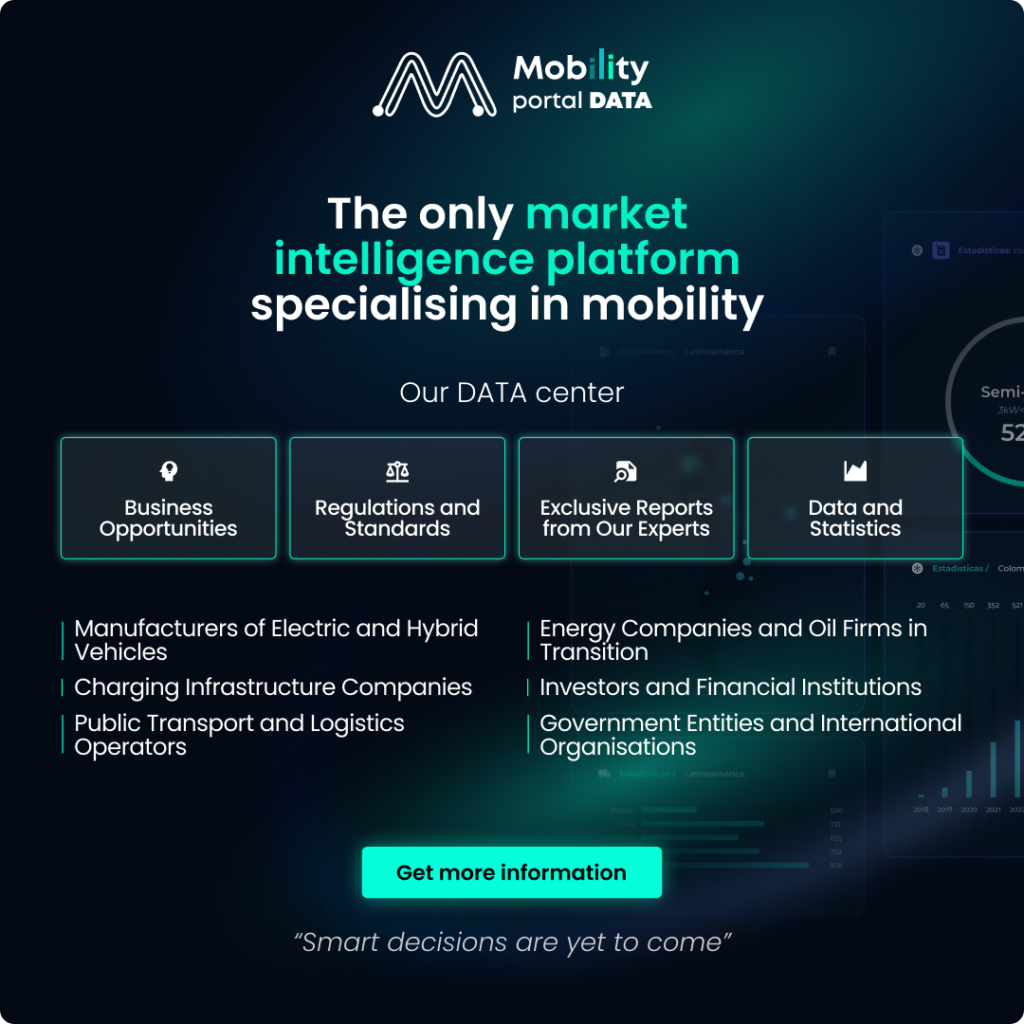Electra, one of Europe’s leading fast-charging operators, has announced its official entry into the United States.
The move signals the company’s most ambitious expansion yet, as it seeks to replicate its European success on American soil.
While the U.S. boasts expansive highways and a strong car culture, seamless, fast charging remains elusive in many regions.”
Electra aims to change that.
“Even in the land of drive-thrus and six-lane highways, fast, seamless charging is still too hard,” the company stated.
From Europe to America: A Bold Leap
Founded with the goal of making charging as simple as refueling, Electra has built one of Europe’s most efficient networks, now operating in nine countries: France, Belgium, Luxembourg, Netherlands, Germany, Italy, Switzerland, Austria, and Spain.
The company plans to deploy 15,000 fast-charging points by 2030, supported by its user-centric design philosophy and robust digital platform.
In Europe, Electra’s “electralineras” are recognized for their speed, reliability, and intuitive user experience, aiming to make charging “as easy as getting gas.”
Key Milestones in the U.S. Rollout
Electra’s U.S. operations are already underway, with its General Manager now based in Austin, Texas.
The company also confirmed it will open its first American office in Chicago this June, positioning itself at the heart of the Midwest’s mobility ecosystem.
Initial charging station deployments are expected soon in Texas, California, and a third state yet to be revealed. These locations suggest Electra is targeting areas with strong EV adoption and supportive regulatory environments.
In keeping with local preferences, Electra plans to deploy its Electraline XXL, a charging station format tailored to American expectations for size and scale.
READ MORE
-
Poland Accelerates Charging Infrastructure Expansion with 50% Year-on-Year Growth
Poland is expanding its charging network with a notable increase in May 2025. However, two provinces stand out in terms of charger concentration, while none of the remaining 14 has more than 500 installations. How does this progress align with the AFIR targets?
-
New deal lets EV drivers charge seamlessly from the Baltic to the Adriatic Sea
A new unified digital platform and a purpose-built mobile app will make EV charging more convenient, consistent, and accessible for drivers across the region. They will begin rolling out in stages from summer 2025 in Croatia, expanding across the region thereafter. Which other countries will it be available in?
-
FLEXECHARGE steps in to prevent penalties from ultra-fast charging in Northern Europe
Powered by E.ON Drive & Clever aimed to build one of the most reliable ultra-fast charging networks. However, the project encountered a familiar obstacle: the maximum effect penalty. To overcome this, FLEXECHARGE deployed its smart load-shaping technology.










